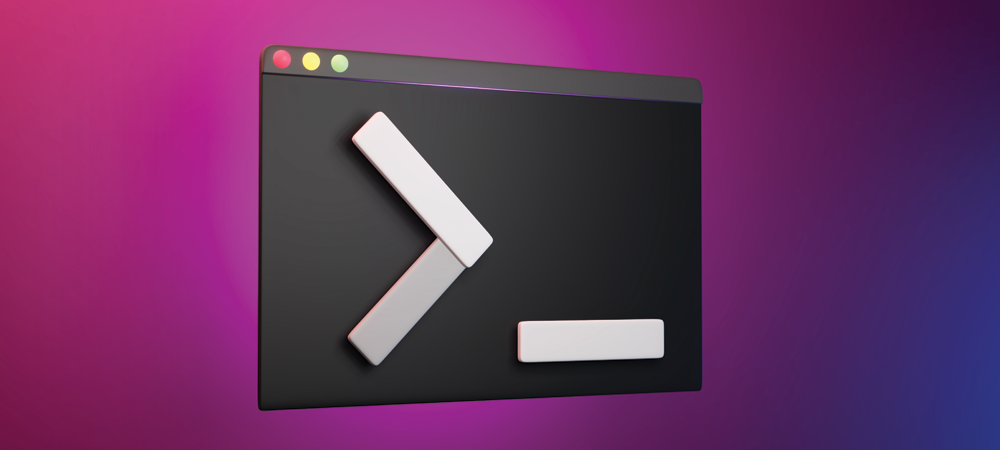
Learn from your fellow PHP developers with our PHP blogs, or help share the knowledge you've gained by writing your own.

prometheus/client_php and php-prometheus/client./metrics) where Prometheus can scrape the metrics using the Prometheus exposition format.prometheus.yml) to include the target endpoint and define any additional scraping parameters.prometheus/client_php library:require 'vendor/autoload.php';
use Prometheus\CollectorRegistry;
use Prometheus\Storage\APC;
use Prometheus\RenderTextFormat;
$registry = new CollectorRegistry(new APC());
$requestDuration = $registry->registerCounter('php_requests_total', 'Total number of PHP requests');
$requestDuration->inc();
$renderer = new RenderTextFormat();
echo $renderer->render($registry->getMetricFamilySamples());
php_requests_total) to track the total number of PHP requests. We then increment this metric for each request and expose the metrics endpoint using the Prometheus exposition format.
class User {
public function getUserById($userId) {
}
public function updateUser($userId, $userData) {
}
}
<!DOCTYPE html>
<html>
<head> <title>User Profile</title>
</head>
<body> <h1>Welcome, <?php echo $user['username']; ?>!</h1> <p>Email: <?php echo $user['email']; ?></p>
</body>
</html>
class UserController {
public function profile($userId) {
$userModel = new User();
$userData = $userModel->getUserById($userId);
include 'views/profile.php';
}
}

class CreateProductCommand {
public $name;
public $price;
}
class GetProductQuery {
public $productId;
}
class CreateProductCommandHandler {
public function handle(CreateProductCommand $command) {
}
}
class GetProductQueryHandler {
public function handle(GetProductQuery $query) {
}
}
class Product {
public $name;
public $price;
}
class ProductView {
public $name;
public $price;
}
$command = new CreateProductCommand();
$command->name = "Example Product";
$command->price = 99.99;
$handler = new CreateProductCommandHandler();
$handler->handle($command);
$query = new GetProductQuery();
$query->productId = 123;
$handler = new GetProductQueryHandler();
$product = $handler->handle($query);

<?php
$encryptionKey = openssl_random_pseudo_bytes(32);
$plaintext = "Sensitive data to encrypt";
$ciphertext = openssl_encrypt($plaintext, 'aes-256-cbc', $encryptionKey, 0, $iv);
$decryptedText = openssl_decrypt($ciphertext, 'aes-256-cbc', $encryptionKey, 0, $iv);
echo $decryptedText;
?>
<?php
$config = array(
"digest_alg" => "sha512",
"private_key_bits" => 4096,
"private_key_type" => OPENSSL_KEYTYPE_RSA,
);
$keyPair = openssl_pkey_new($config);
openssl_pkey_export($keyPair, $privateKey);
$publicKey = openssl_pkey_get_details($keyPair)["key"];
$plaintext = "Confidential message";
openssl_public_encrypt($plaintext, $encrypted, $publicKey);
openssl_private_decrypt($encrypted, $decrypted, $privateKey);
echo $decrypted;
?>

Ctrl + Alt + T to open the terminal.Alt + F2, type konsole, and press Enter.cd (Change Directory): Use cd followed by the name of the directory to navigate to that directory. For example: cd Documents ls (List Files): Use ls to list the files and directories in the current directory. ls pwd (Print Working Directory): Use pwd to display the full path of the current directory. pwd mkdir (Make Directory): Use mkdir followed by the name of the directory to create a new directory. mkdir my_directory touch: Use touch followed by the name of the file to create a new empty file. touch my_file.txt cp (Copy): Use cp followed by the source file and destination to copy files. cp source_file.txt destination_directory/ mv (Move/Rename): Use mv followed by the source and destination to move or rename files. mv old_name.txt new_name.txt rm (Remove): Use rm followed by the file name to delete files. Be careful as this action is irreversible. rm unwanted_file.txt cat (Concatenate): Use cat followed by the file name to display the contents of a file. cat my_file.txt nano or vim (Text Editors): Use nano or vim followed by the file name to edit a file in the terminal. nano my_file.txt grep (Global Regular Expression Print): Use grep followed by a search term and file name to search for a specific pattern in a file. grep "pattern" my_file.txt uname (Unix Name): Use uname to display system information. uname -a df (Disk Free): Use df to display disk space usage. df -h top or htop (Process Monitoring): Use top or htop to display real-time system resource usage. top 
 g10dra
g10dra mike
mike crocodile2u
crocodile2u harikrishnanr
harikrishnanr calevans
calevans christiemarie
christiemarie MindNovae
MindNovae dmamontov
dmamontov tanja
tanja
